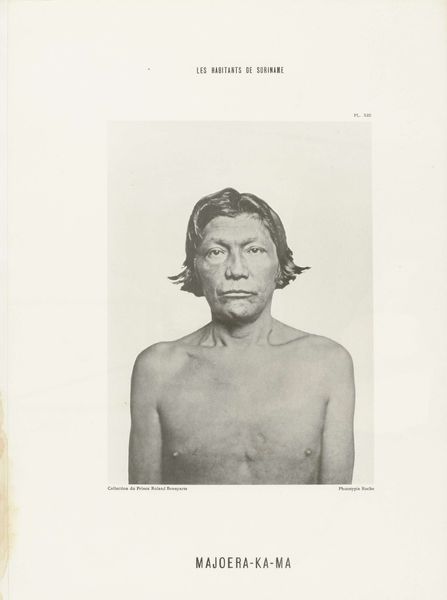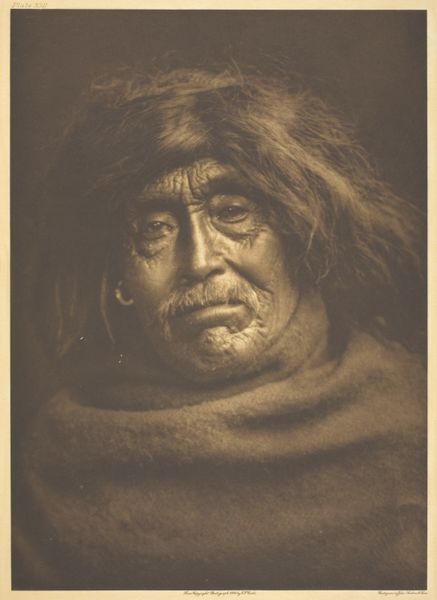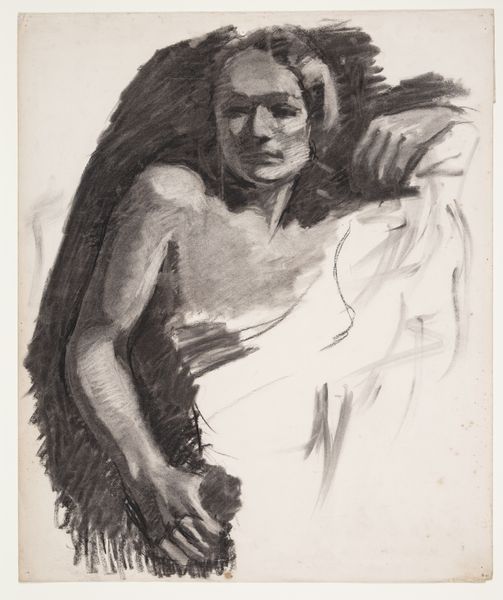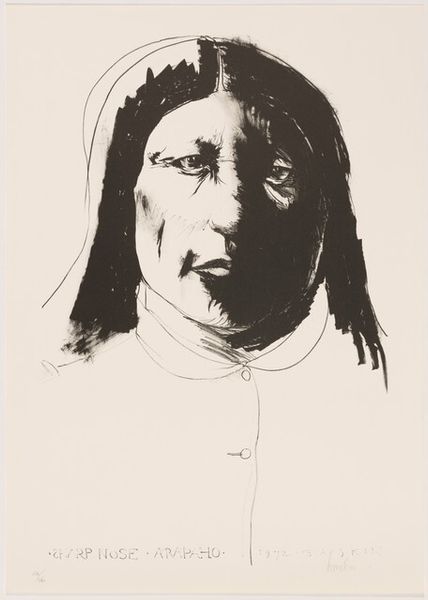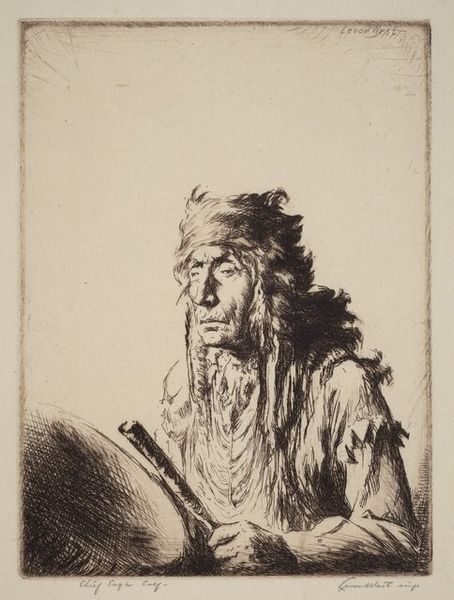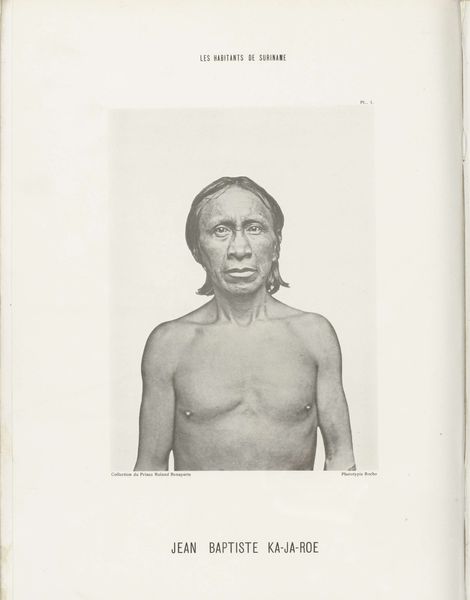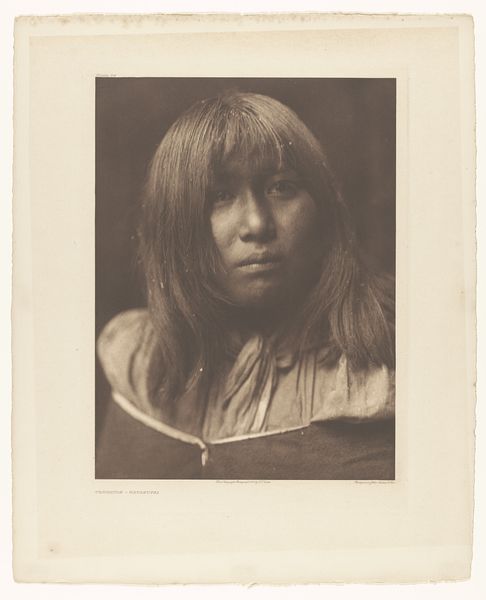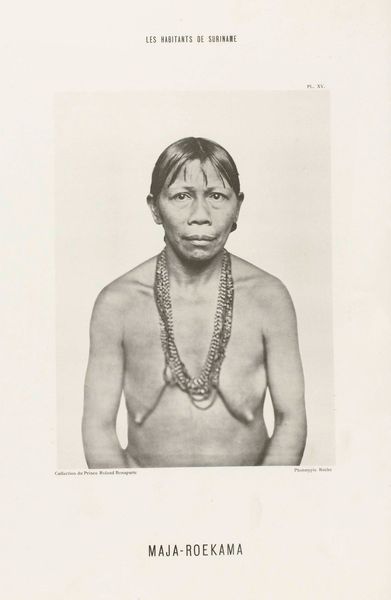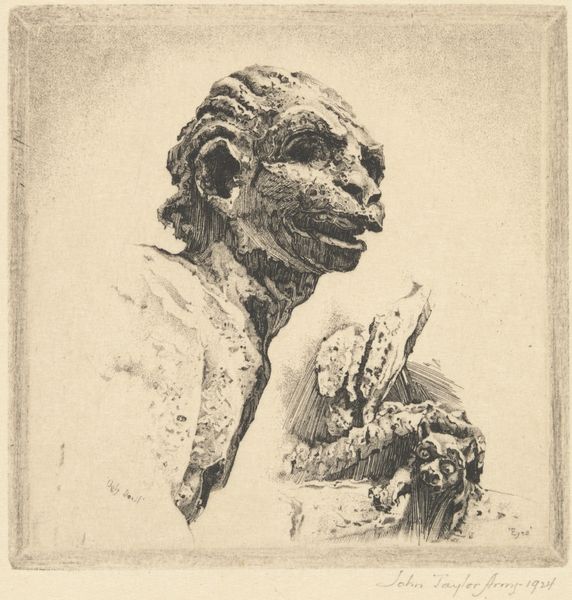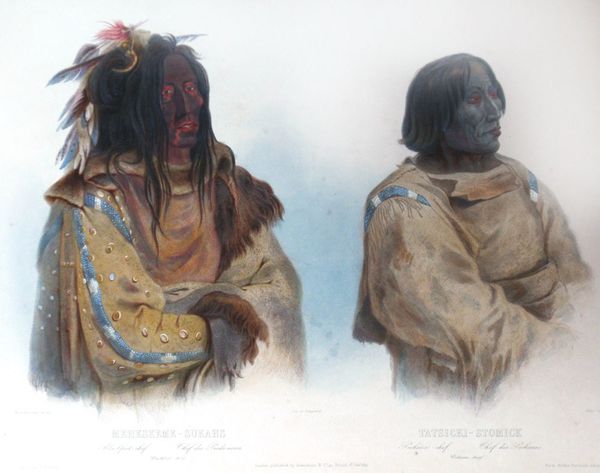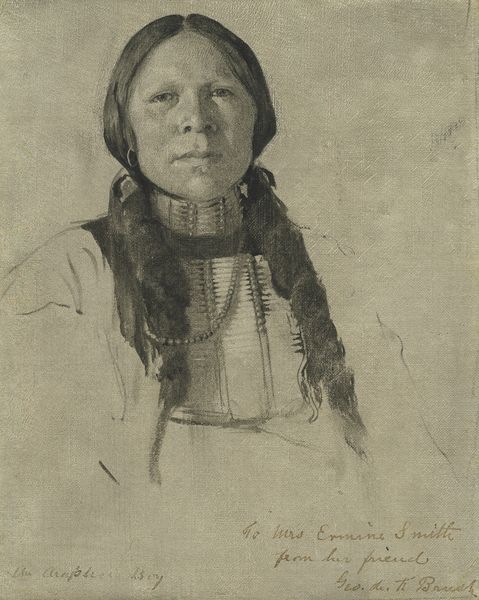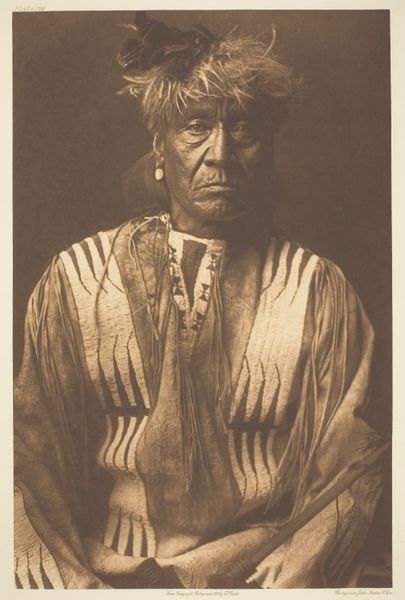
drawing, paper
#
portrait
#
drawing
#
charcoal drawing
#
paper
#
portrait reference
#
portrait drawing
#
portrait art
#
watercolor
Copyright: Public domain
Editor: We're looking at "Kee-akee-ka-saa-ka-wow," a watercolor portrait by Paul Kane from 1846. The rawness of the style makes me feel as if I'm looking at someone I wouldn't normally have the opportunity to see. What visual cues can you decode here? Curator: Consider the layering of meaning in the portrayal. The meticulous rendering of his features hints at a desire for accurate representation, but also observe how the open, almost vulnerable expression plays against the trappings of leadership – the robe, for instance. How does this juxtaposition influence our perception of power? Editor: I hadn't thought about that, actually. It’s like he’s intentionally contrasting vulnerability and power. I just assumed those elements had to coexist, that every person inherently holds both aspects, if that makes sense. Curator: Precisely. The imagery encourages us to recognize a shared humanity and continuity between vastly different cultures and societal positions. Paul Kane creates a cultural memory through visual markers. Does that resonate with you? Editor: Yes, that rings true. It’s fascinating how he captures an individual while simultaneously invoking something much larger. I was stuck on the realism in the technique and hadn’t gone further to consider symbols. Curator: Perhaps because you, like many, bring a specific understanding of "portrait" as a Western phenomenon to it. And because Kane, despite being an outsider to this community, shows an effort toward rendering the symbols surrounding the man as accurately as he could, we have to reflect on both Kane's perspective and how the image functions over time. We can interpret an artistic exchange of ideas by observing that relationship. Editor: Thanks for illuminating this piece. I see so many layers I wasn't aware of when I began. Curator: Indeed. Art becomes richer when we acknowledge and investigate the cultural context it evokes.
Comments
No comments
Be the first to comment and join the conversation on the ultimate creative platform.
